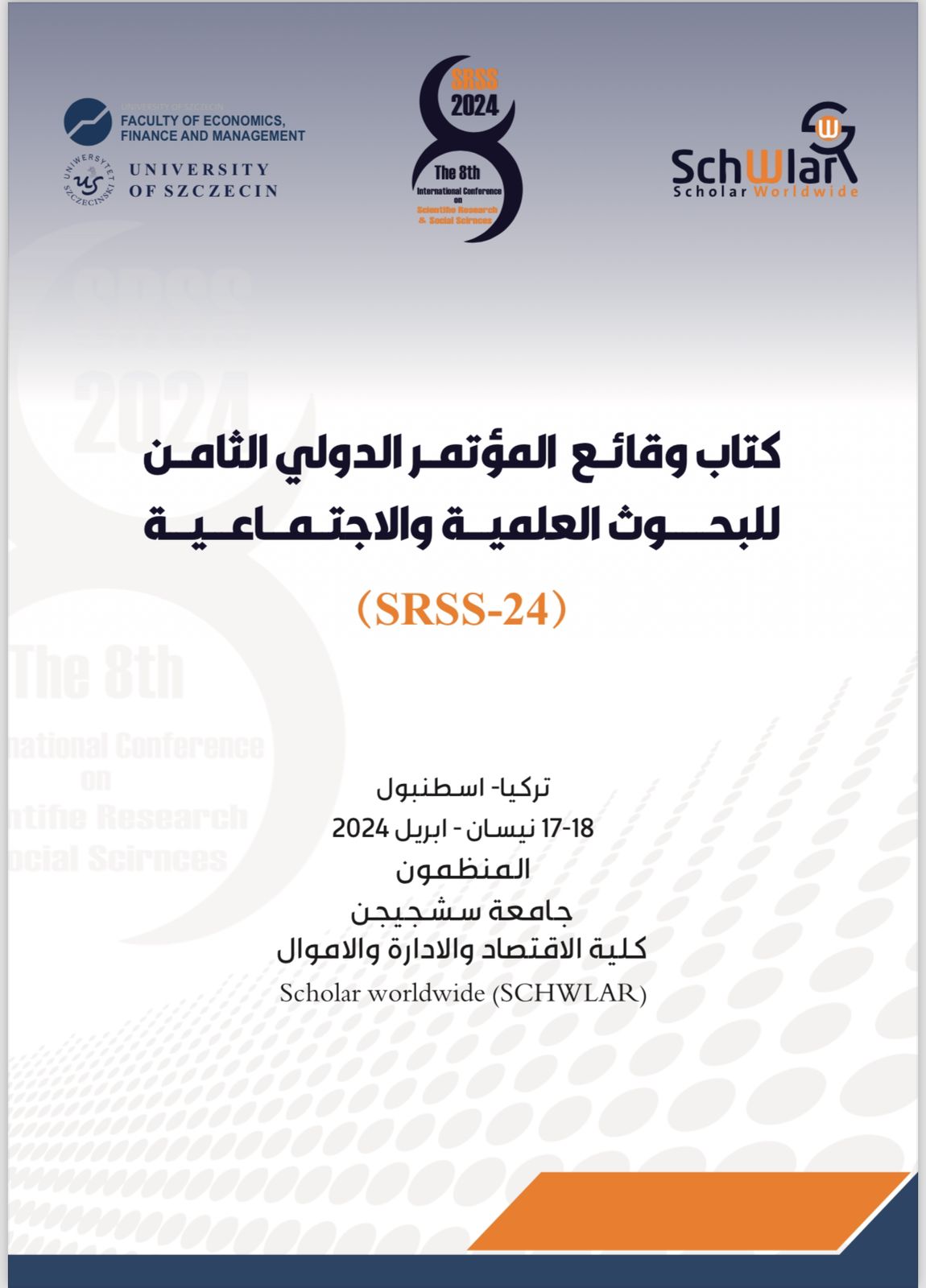Impact of Do It Yourself (DIY) Strategy on Fifth Preparatory School Pupils’ Achievement in Reading Comprehension
Main Article Content
Abstract
The primary objective of this study is to examine the effects of a do-it-yourself (DIY) technique on the reading comprehension performance of fifth-grade students in preparatory schools. In order to accomplish the objective of this research, it is posited that a null hypothesis can be established, suggesting that there are no statistically significant disparities between the average scores of the experimental group, which is instructed using a do-it-yourself (DIY) strategy, and the control groups, which are instructed using a prescribed method, in terms of their reading comprehension attainment. Developing a pre- and post-achievement test. Both groups have been equalized in terms of characteristics such as parental educational level, English achievement scores in the previous academic year, and the pre-test scores of both groups. A set of five questions has been prepared to provide a post-test. The Alpha-Cronbach method was employed to validate the reliability coefficient. The discriminatory power and level of difficulty for each item have been ascertained through statistical analysis of the items. As a consequence, the complete sample has been subjected to the post-test. The data collected from the post-test results has been subjected to statistical analysis using the formula for the T-test of two independent samples. Based on the findings, a statistically significant disparity is observed in the mean scores between the experimental group, which received instruction using the DIY strategy, and the control group, which received instruction through the traditional manner. The study's findings and conclusions have led to the formulation of relevant recommendations and proposals for future research endeavors.
Article Details

This work is licensed under a Creative Commons Attribution 4.0 International License.
